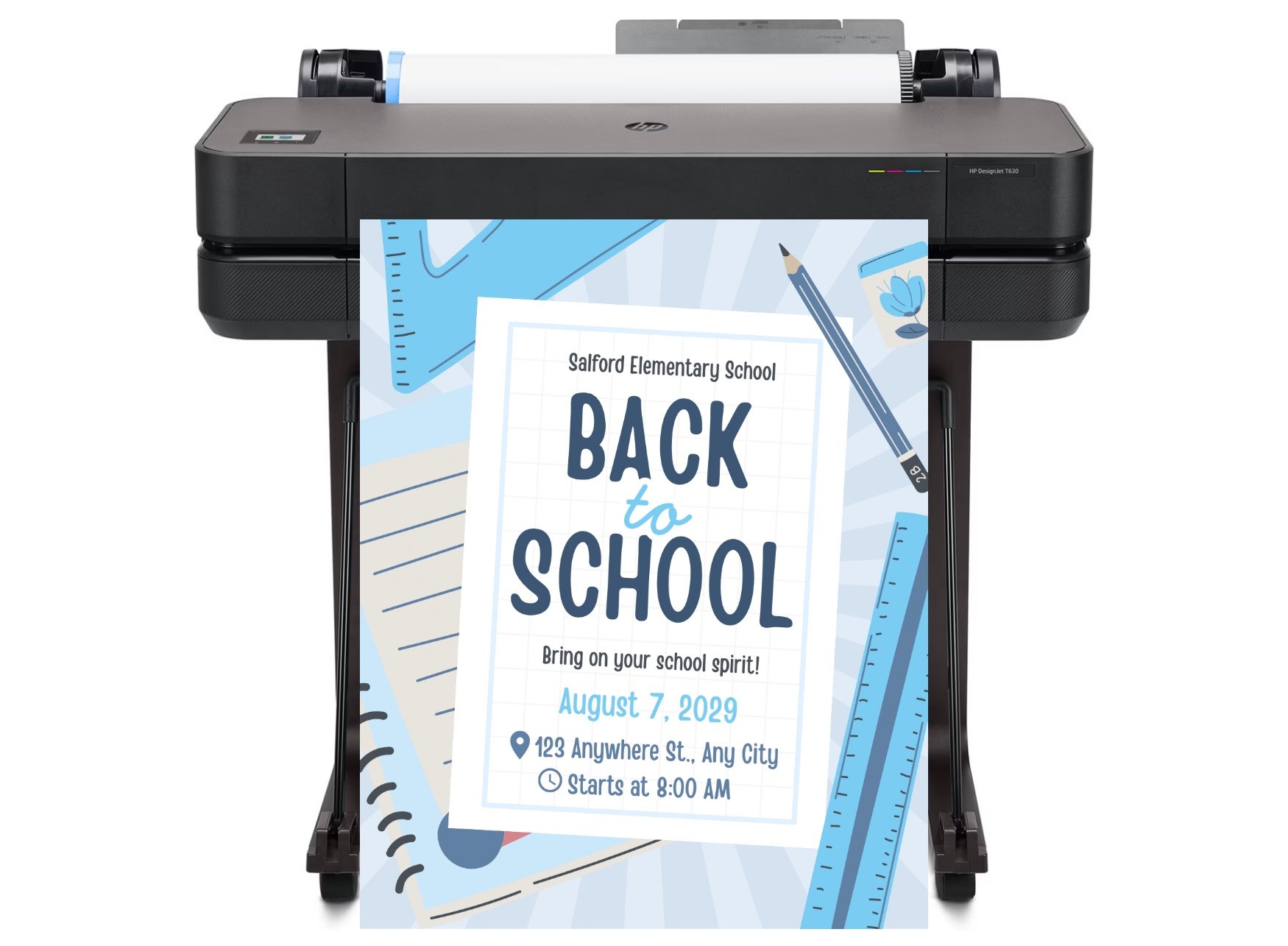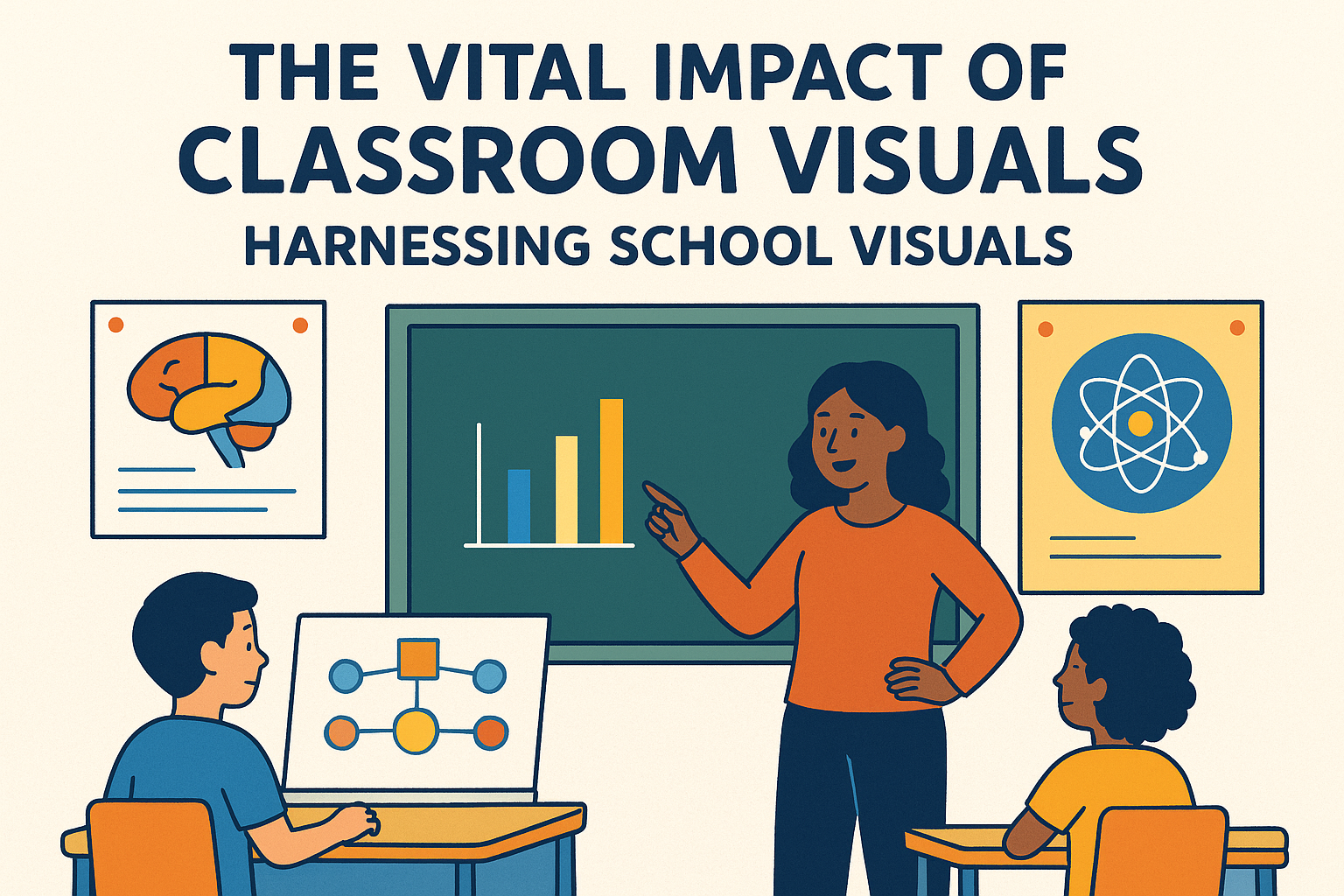
DISCOUNTED EDUCATION PRICING! CALL 1-877-891-8411. We Gladly Accept School Purchase Orders!

In an era where students juggle endless digital distractions and shrinking focus times, one timeless strategy shines brightly: classroom visuals. Picture a dynamic chart breaking down ecosystems, an engaging timeline mapping out world history, or interactive diagrams simplifying complex algebra. These aren’t mere decorations—they’re powerful catalysts for deeper understanding, better memory, and genuine excitement in education. So, what makes school visuals so indispensable? How can teachers leverage classroom visuals to foster inclusive, effective learning spaces?
Did you know? Up to 80% of what we learn in school comes through visual channels. Despite this, many lessons still lean on dense text or spoken words alone, overlooking the needs of visual thinkers. Drawing from years of hands-on experience in crafting educational environments for elementary through high school, I’ve witnessed how strategic school visuals can transform disengaged groups into eager explorers. This ultimate guide unpacks the reasons classroom visuals are crucial, backed by proven strategies, real-world examples, and practical tips to make your teaching space a visual powerhouse.
To grasp their importance, let’s start with the basics. School visuals refer to any graphic or image-based elements that support teaching and learning. This covers a wide range:
Unlike straightforward text, these classroom visuals tap into our innate preference for imagery, turning tricky ideas into accessible, unforgettable concepts.
Snippet: What exactly are classroom visuals?
Classroom visuals include posters, diagrams, videos, and infographics used to illustrate lessons, making abstract topics concrete and boosting student retention through dual sensory input.
Cognitive research reveals why school visuals outperform words alone. Key ideas from psychology highlight how combining images with explanations amplifies learning.
Our minds handle information via two pathways: one for language and one for visuals. When classroom visuals accompany explanations—like a labeled diagram of a cell next to a description—students build layered memories, improving long-term retention dramatically.
For example, explaining ecosystems with a colorful food web graphic (visual) plus a narrative (“predators rely on prey”) engages both paths, easing mental strain and making facts stick longer than text by itself.
Snippet: How does dual coding enhance learning?
Dual coding theory suggests that integrating visuals with verbal info creates stronger brain connections, leading to up to 65% better memory retention in educational settings.
Guidelines for multimedia emphasize that people absorb more from blended words and pictures. Core rules include using relevant graphics with narration, avoiding clutter, and opting for spoken overlays instead of heavy on-screen text.
These approaches work across subjects, from science experiments to literature analyses, often resulting in significant improvements in comprehension and performance.
Snippet: Are digital school visuals superior to traditional ones?
Not always—quality matters most. Both print and digital classroom visuals excel when designed thoughtfully, but interactive digital formats add engagement for tech-savvy students.
Investing in school visuals yields rewards that touch every aspect of education. Here’s a quick overview in table form:
| Advantage | How It Helps | Real-World Impact |
|---|---|---|
| Better Memory Retention | Visuals anchor info in the brain for easier recall. | Students remember 65% more material over time. |
| Heightened Student Involvement | Eye-catching elements spark curiosity and participation. | Engagement rises by 40%, reducing off-task behavior. |
| Support for Varied Learners | Aids English learners and those with diverse needs. | Comprehension improves by 25% for inclusive groups. |
| Positive Classroom Dynamics | Creates welcoming, focused atmospheres. | Disruptions drop by 15%, fostering collaboration. |
| Bridging Educational Gaps | Levels the playing field for all backgrounds. | Achievement increases by 20% in diverse settings. |
These benefits create equitable, vibrant learning environments where every child can succeed.
Snippet: Do classroom visuals improve exam results?
Yes, environments rich in school visuals correlate with 18% higher scores on assessments, thanks to clearer conceptual understanding.
cross global research, classroom visuals have consistently proven to be one of the most effective tools for driving student success. Decades of cognitive science confirm that the brain processes visual information faster and retains it longer than text alone, making posters, charts, and diagrams indispensable in today’s classrooms. In both high-performing schools and resource-limited environments, the integration of visuals has shown measurable gains—not only in test scores, but also in engagement, collaboration, and overall classroom culture.
In diverse educational settings, students who learn through visual supports demonstrate stronger recall, improved comprehension, and greater motivation to participate. Diagrams help simplify abstract concepts in subjects like math and science, while anchor charts provide a constant reference point that empowers independent learning. Beyond academics, visuals also encourage knowledge sharing, allowing students to explain ideas to peers more clearly and confidently, reinforcing their own understanding in the process.
Even in blended online-offline models, school visuals combat screen fatigue, restoring interest and interaction.
Snippet: How have classroom visuals adapted post-pandemic?
In hybrid setups, digital school visuals have revived engagement, with noted 40% improvements in virtual participation.
Elevate your space with these actionable strategies:
Pro tip: Affordable printed options can start under $50, offering big returns.
Snippet: How to prevent visual overload in classrooms?
Stick to 3-5 focused elements per area, using clean designs with strong contrasts to avoid distraction.
Q: Is the effort for school visuals justified?
A: Absolutely—it saves teaching time by 30% while multiplying learning outcomes.
Q: What if tech isn’t available for advanced visuals?
A: Basic print classroom visuals are just as potent and budget-friendly.
Q: How do visuals aid students with special requirements?
A: They offer alternative ways to process info, enhancing results by 25%.
Q: Can school visuals ease teacher workload?
A: Yes, by promoting student self-reliance and smoother sessions.
As 2025 continues to usher in more technology-driven classrooms, school visuals remain a timeless foundation for impactful teaching and learning. While digital tools evolve, the human brain still processes information best when it is presented in clear, visual formats. From dual coding strategies that boost memory and comprehension to the inclusive advantages of visual supports for diverse learners, posters, anchor charts, and infographics play a crucial role in making abstract ideas tangible.
Well-designed visuals don’t just decorate a classroom—they spark curiosity, sustain attention, and drive achievement. They bridge language barriers, support students with learning differences, and help complex concepts stick. In an age of rapid innovation, embracing visuals means giving every student a pathway to deeper understanding and long-term success.
What’s your go-to classroom visual strategy? Drop a comment below—let’s inspire each other.
Updated October 2025.